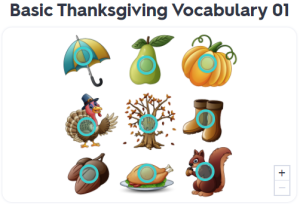
Since the pandemic learning management systems have become a common means of hosting online content. Beyond content, LMS provide security, accountability, feedback and various opportunities for collective and individualized learning. The Avenue project is hosted on the Moodle learning management system. Moodle arrives with a set of core activities that include: Continue reading









